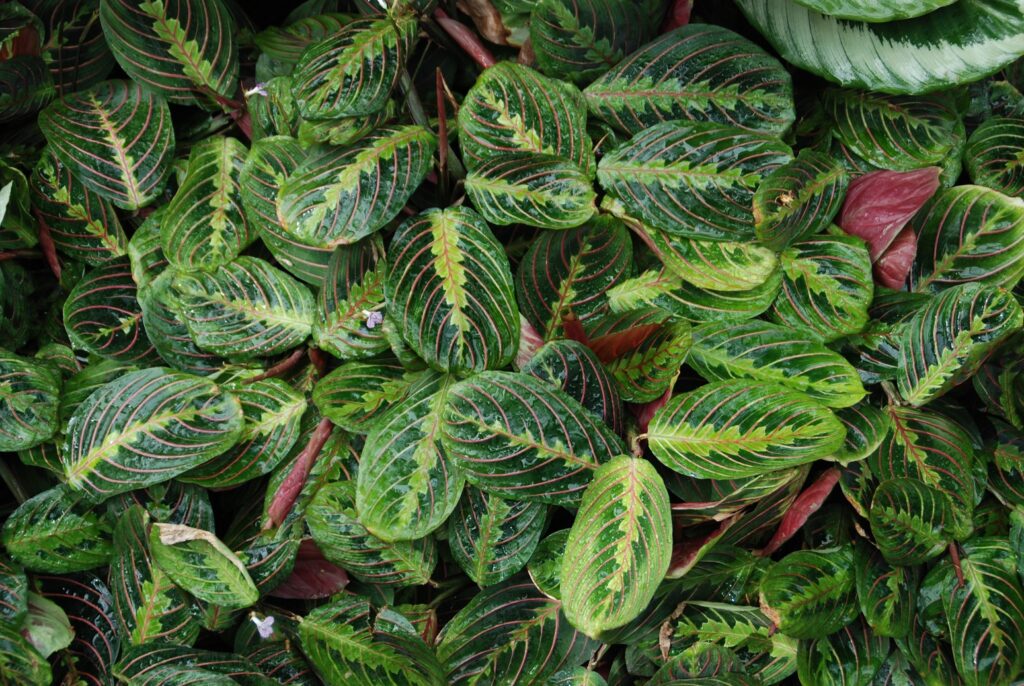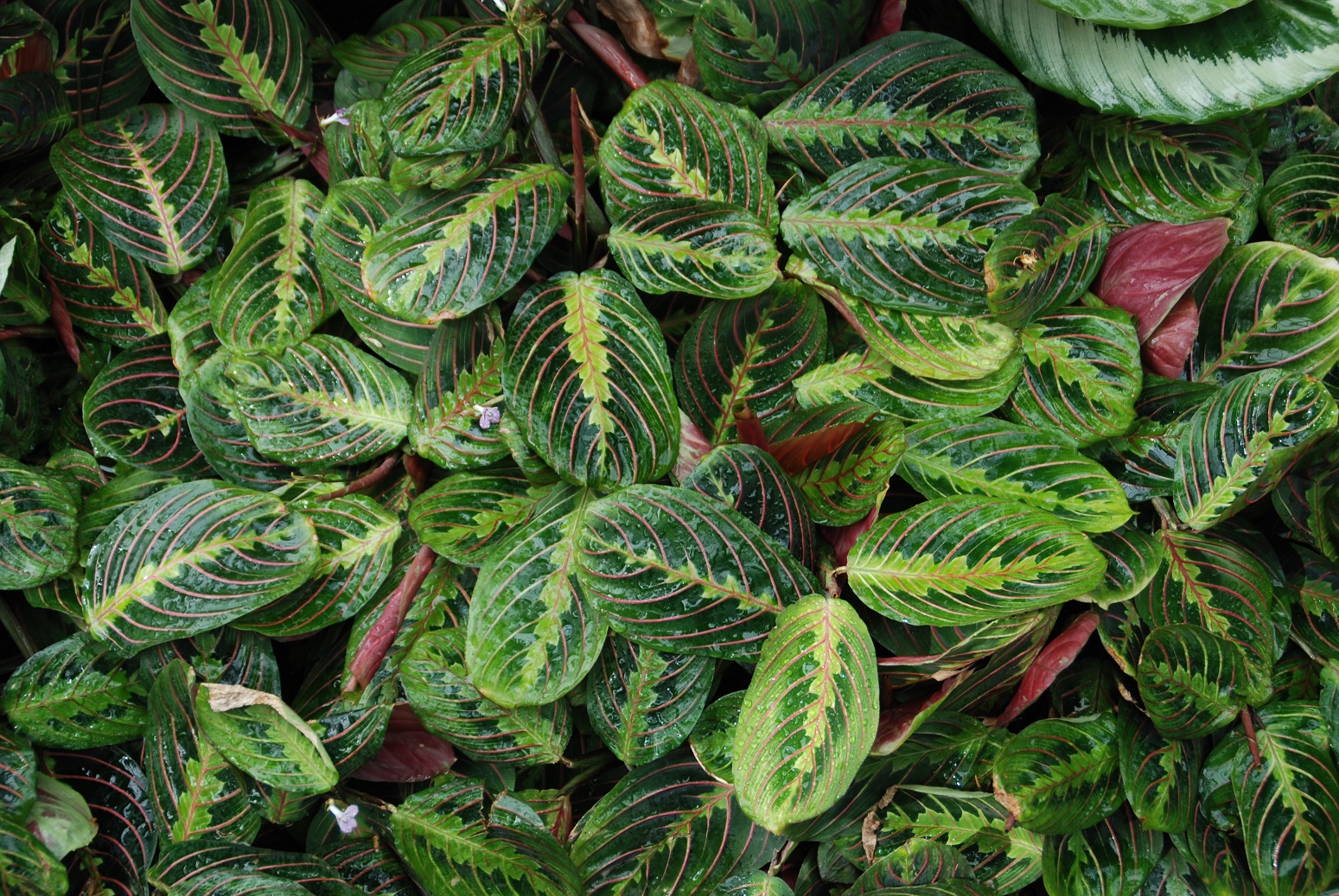
By Melinda Myers, Vermont Maturity contributor.
Creating an indoor oasis of greenery can help lift your spirits, reduce stress and improve your overall wellbeing. Challenges arise when growing indoor plants with kids and pets in the house. Keep them safe by selecting pet- and kid-safe plants and pest management strategies.
Increase your indoor gardening success by selecting plants suited to your home’s growing conditions and gardening style. If you tend to overwater your plants, grow moisture-loving plants or opt for more drought-tolerant plants if you practice benign neglect. Once you have your list, double-check their people and pet toxicity. Consult with your veterinarian and visit the American Society for the Prevention of Cruelty to Animals (ASPCA) website for a list of pet-safe and toxic plants. Consult with your pediatrician, local botanical garden, and children’s hospital for a list of kid-friendly indoor plants.
Keep an ongoing list of all the plants you are growing. Include both common and botanical names for accurate identification. Research the care they need and their toxicity to your pets and youngsters in the home. If you suspect your pet or child has ingested a toxic plant, you’ll have the proper plant name when contacting your veterinarian or poison control center.
Display any toxic plants out of the reach of curious kids and pets. This can be challenging if your cat or child is skilled at jumping and climbing. With so many beautiful houseplants, play it safe and avoid those that are toxic or too tempting.
Secure plants against accidental tipping by inquisitive pets and kids with mounting putty. A couple of pieces on the bottom of the pot will help reduce the risk of spilled plants and soil. Invest in pots with wider bases for floor plants or secure several pots together to reduce the risk of tipping.
Cover the soil surface to prevent children and pets from digging. Fiber mulch and plant pot grid covers create a barrier between the soil and those who like to dig.
Once you narrow down the list, place your kid- and pet-friendly plants where they will receive the necessary amount of sunlight. An east- or west-facing window provides enough light for most indoor plants. Keep those that need brighter light within two feet of the window. Those that prefer lower light can be grown near a north-facing window or up to six feet back or off to the side of an east- or west-facing window.
Regularly groom and wipe dust off the leaves of your indoor plants to help reduce the risk of insect damage. Remove spotted leaves when they appear and adjust your watering. This is often enough to correct fungal disease problems. Enlist children in the ongoing care of your indoor plants. This will help them gain respect for the plants and may instill a love of gardening.
Give kids a hand lens and go on an indoor pest hunt. Children often find bugs more interesting than plants. Have them place yellow sticky traps like Summit® Sticky Traps in various pots to help monitor and trap insect pests.
Always look for kid- and pet-friendly options when intervention is needed. Start with a strong blast of water to dislodge pests like aphids and mites. Follow with an application of a lightweight horticulture oil like Summit® Year-Round® Spray Oil. This organic spray controls aphids, mites, immature whiteflies, and all stages of scale and mealybugs.
And if those tiny fruit-fly-like gnats are too annoying to tolerate, consider managing them with a Bacillus thuringiensis israelensis product like Summit® Mosquito Bits® (SummitResponsibleSolutions.com). It’s labeled for controlling fungus gnat larvae and is non-toxic for people, pets, and plants.
Always read and follow label directions when using any product. You’ll have better results and prevent problems caused by misapplication.
Proper plant selection and ongoing care will help keep your indoor plants healthy and children and pets safe from harm.
Melinda Myers has written more than 20 gardening books, including the Midwest Gardener’s Handbook, 2nd Edition and Small Space Gardening. She hosts The Great Courses “How to Grow Anything” instant video and DVD series and the nationally syndicated Melinda’s Garden Moment TV & radio program. Myers is a columnist and contributing editor for Birds & Blooms magazine and was commissioned by Summit for her expertise to write this article. Myers’ website is www.MelindaMyers.com.







Comment here